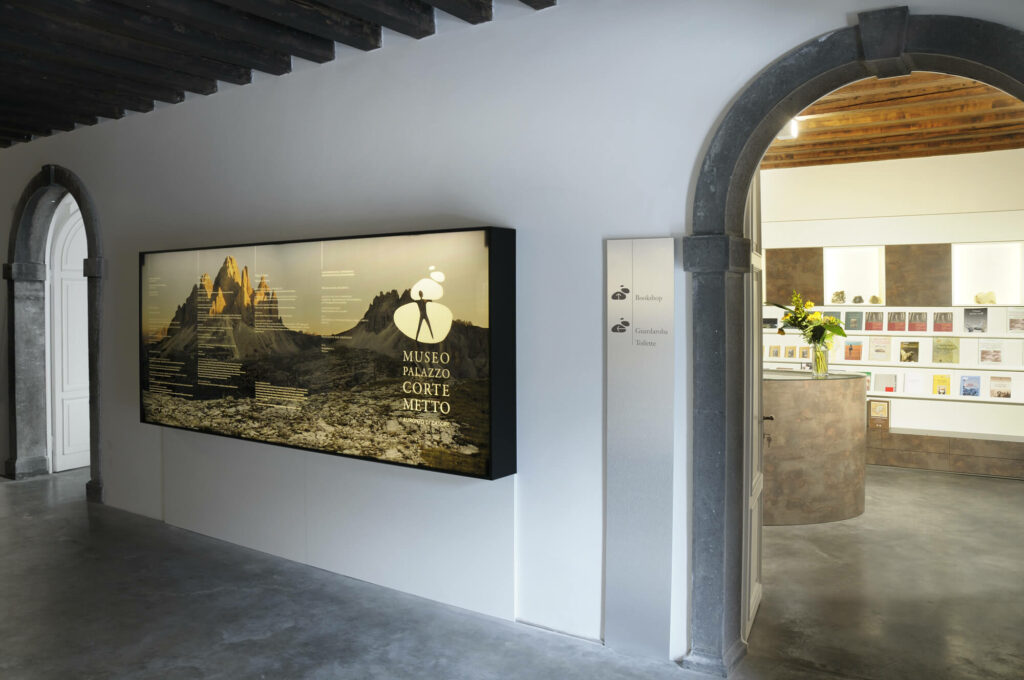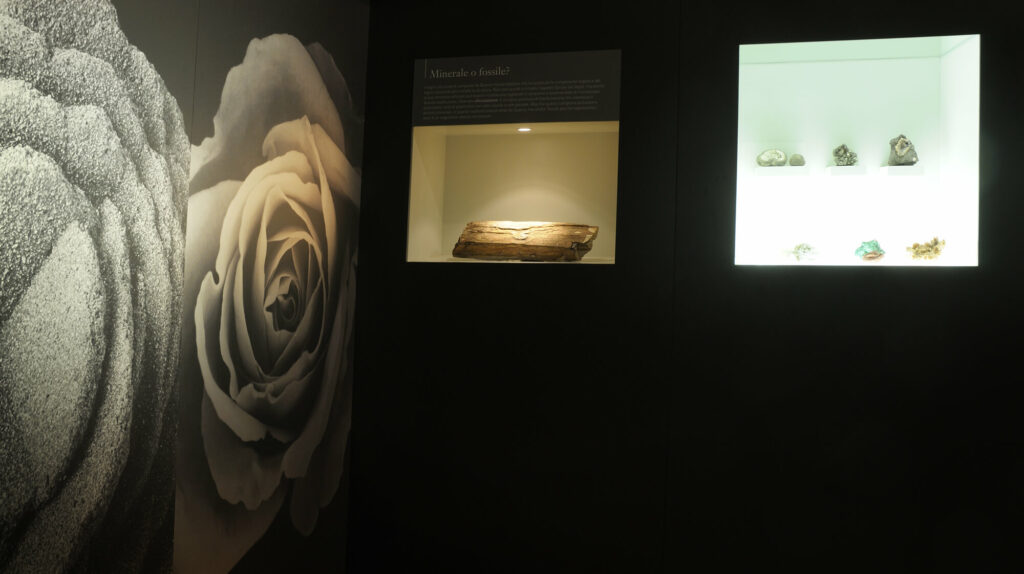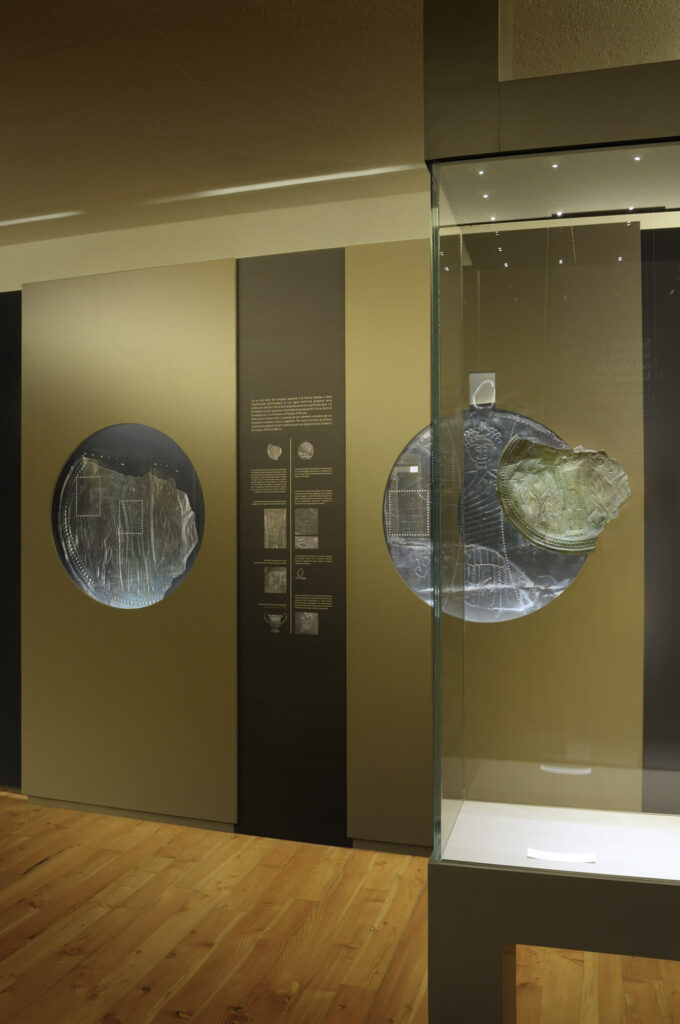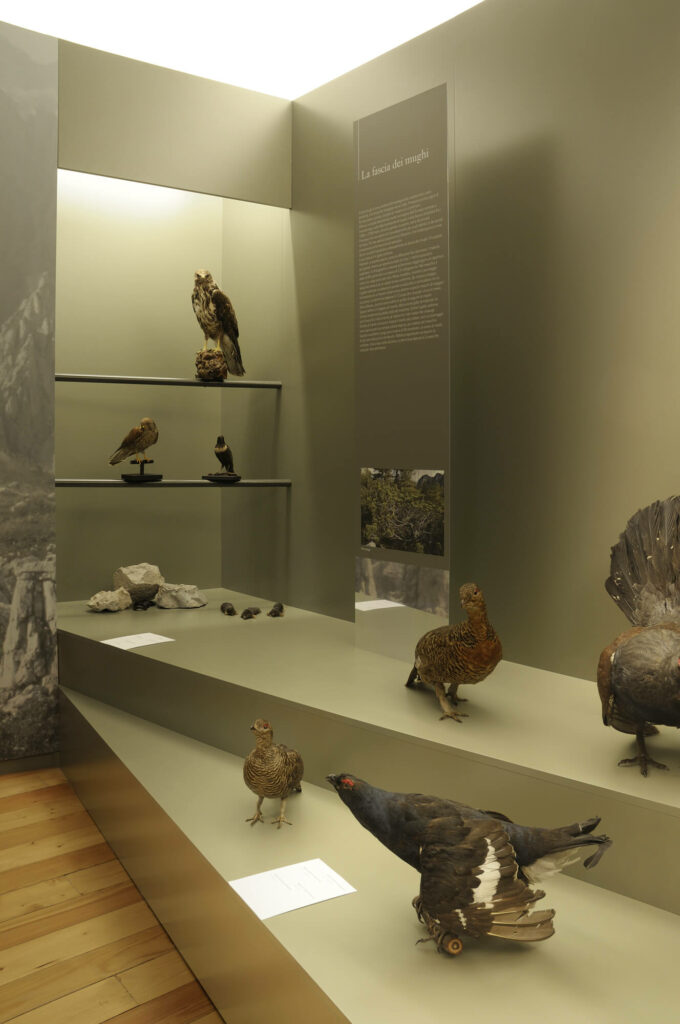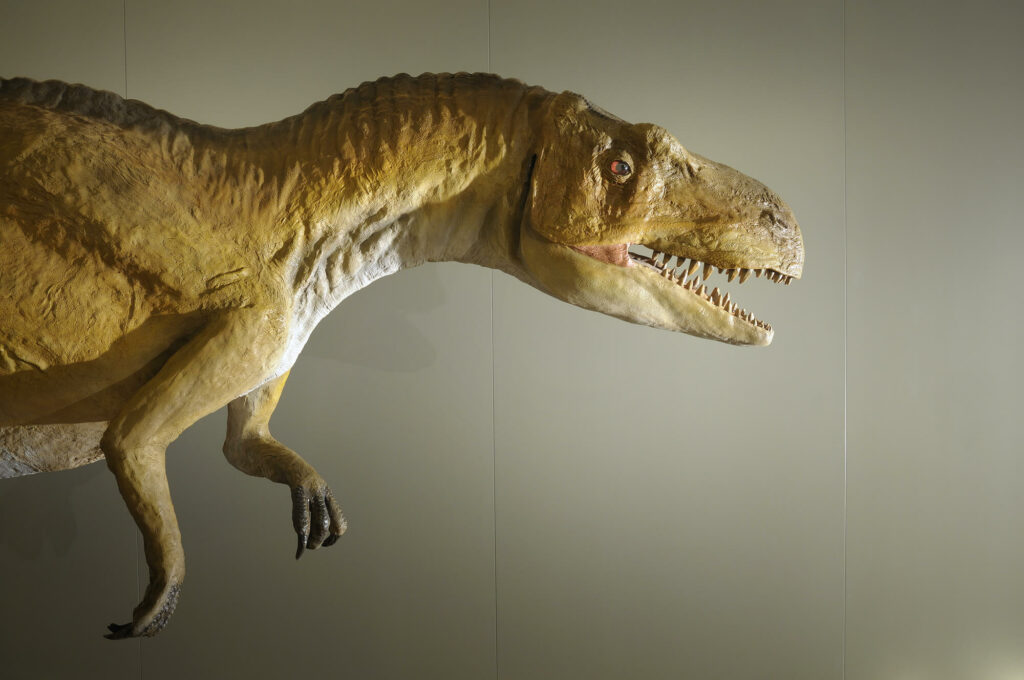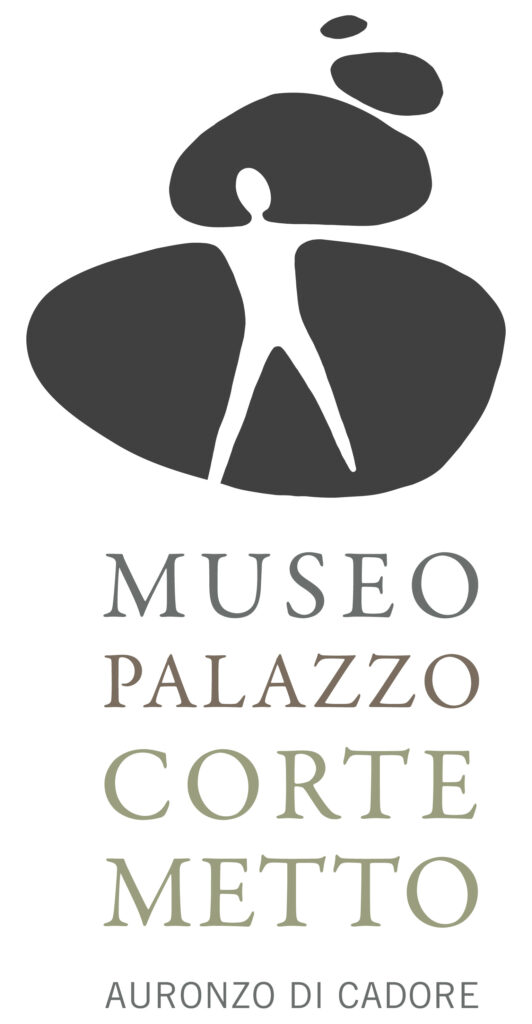
The Museum Network: culture and territory to be promoted and safeguarded.
The Museo Palazzo Corte Metto it’s hosted in the homonymous building, the first news of which dates back to the beginning of the nineteenth century. The beautiful and elegant location recalls the the traditional characteristics of the ancient cadorine stately homes, with square plan, tripartite layout with central hall and three side compartments.
The exhibition space is divided into several sections, in which various finds in the context of archeology, mineralogy and paleontology are hosted.
A major part of the exhibition itinerary is focused on paleontology and we can find the reconstruction of the Dinosaur of the Tre Cime di Lavaredo, realized on the basis of the famous traces found at the foot of the most famous Cime in the world and a deer model, which is actually considered the biggest animal that lives in the mountain in Cadore.
In this context is presented the time scale and the factors that gave rise to the Dolomiti based on the big sequence of strata. The description of the characteristic environments such as woods and meadow, moreover the exposure of local plants and animals.
A section is entirely dedicated to archeology, based on very important finds on Monte Calvario and along the village of Auronzo, describing the different fields of human activity between I century a.C and IV century d.C. the exhibition range from human activities of everyday life, commercial and craftsmanship to military organisation, up to sacrificial practices of Monte Calvario’s sanctuary. Finds are accompanied by extensive documentation and illustration by means of thematic cartography, video clips, explanation of the most significant archaeological activity, and also considerations about writing and popular devotion.
The museum hosts also a space dedicated to mineralogy, with a description of the important mining activity in the territory of Auronzo. In addition to the story and the illustration of extraction techniques, the exhibition presents numerous mineralogical samples focusing on how they’re formed and their natural presence.
There’s also a section in which are gathered many photographs and World War I memorabilia, as the territory of Dolomiti Bellunesi was the scene of heavy clashes between Italian and Austrians troops during the conflict.
Open: 15/6 to 18/9, 24/12 to 6/1
Monday to Saturday 10 a.m.-12.30 p.m.; 4 p.m.-7.30 p.m.
Sunday 10 a.m.-12.30 p.m.; 3.30 p.m.-7 p.m.
Telephone: 0435/400216.
Paying
Non-reserved parking a few metres away, side entrance on call.
– Lift
– No internal steps
– Bathroom accessible with wheelchair but not equipped

